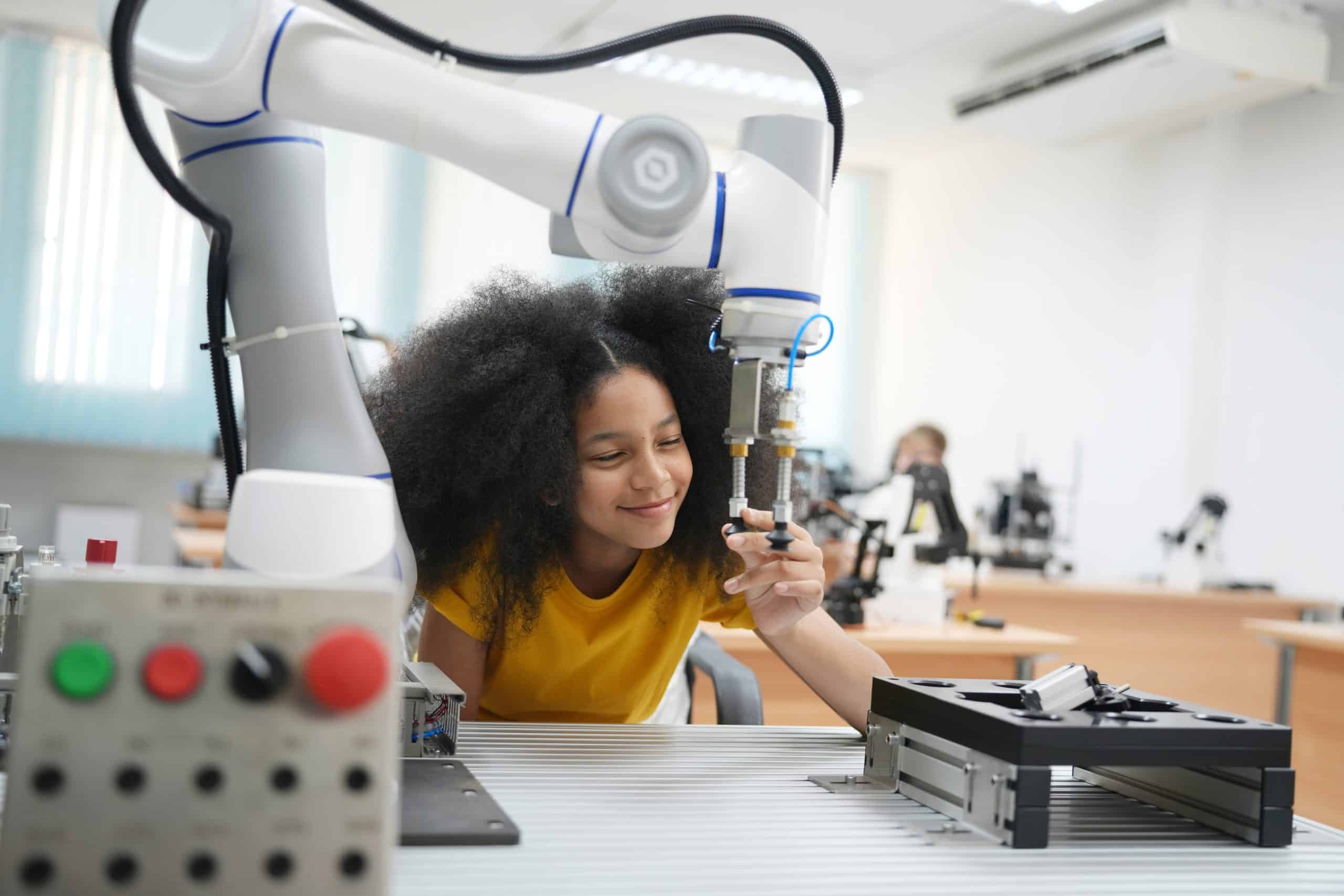How Are Voice-Command Systems Evolving in In-Car Entertainment?

In recent years, voice-command systems have emerged as a remarkable feature in the automotive industry, transforming the driving experience to unprecedented levels. This new technology has introduced a hands-free approach to controlling various aspects of the vehicle, providing safety and convenience like never before. Primarily, these systems have been integrated into car infotainment systems, significantly enhancing the user experience. Let’s delve into the intricacies of this technological revolution and explore how it’s changing the face of in-car entertainment.
The Rise of Voice-Controlled Infotainment Systems
The last decade has seen a surge in the use of voice recognition technology in various sectors, and the automotive industry is not an exception. Infotainment systems, which were once accessed through buttons and knobs, are now leveraging advanced voice-command technology to enable users to operate them with their voice.
Avez-vous vu cela : Can AI-Integrated Cameras Improve Animal Welfare Monitoring in Farming?
Primarily, these voice-command systems have been used to control music and audio features in the vehicle. The system responds to voice prompts to change music tracks, adjust audio levels, and even tune into different radio stations. More sophisticated systems can recognize complex voice commands, allowing drivers to search for music or podcasts using their voice.
The integration of voice recognition technology in car infotainment systems is not just for entertainment purposes. It is a critical component in enhancing driver safety as it allows drivers to keep their hands on the wheel and eyes on the road while operating the infotainment system. This voice-driven approach to vehicle control underscores a major shift in the driving experience.
A lire aussi : What’s the Role of Robotics in the Future of Personalized Retail Experiences?
The Futuristic Appeal of Voice Assistants in Vehicles
The future of in-car entertainment is undoubtedly voice-controlled, and the introduction of voice assistants in vehicles is a testament to this. These virtual assistants are similar to the ones used in smartphones and smart home systems, but they have been fine-tuned to suit the automotive environment.
Voice assistants in vehicles are designed to understand and execute a wide range of commands. They can control the infotainment system, manage vehicle settings, and even assist with navigation. Imagine asking your car to find the nearest gas station or play your favorite song, and it does exactly that. It’s an experience that is transforming driving from a routine task into an interactive journey.
Moreover, these voice assistants are not standalone features. They integrate seamlessly with other systems in the car, bringing a level of interoperability that enhances the overall user experience. For instance, you can ask the voice assistant to adjust the air conditioning, check tire pressure, or predict traffic conditions based on real-time data.
The Role of AI in Shaping the Voice-Command Experience in Cars
Artificial Intelligence (AI) is the backbone of the voice-command experience in cars. It is the technology that powers voice recognition, natural language processing, and decision-making capabilities of infotainment systems and voice assistants. AI’s role in this context is not just to understand and execute commands, but also to learn from the user’s behavior to provide a personalized experience.
Let’s take the example of music control, one of the most commonly used features in car infotainment systems. An AI-powered voice-command system can not only play the music you ask for, but it can also learn your music preferences over time. It can suggest music based on your mood, time of day, or even based on the route you’re driving.
The integration of AI into voice-command systems also elevates the safety features of the vehicle. For instance, AI can detect if the driver is showing signs of fatigue or distracted driving and can take proactive measures such as adjusting the vehicle speed or alerting the driver.
Looking Ahead: The Future of Voice-Command Systems in Cars
The advancements in voice-command systems have just scratched the surface of what’s possible in in-car entertainment. These systems will continue to evolve, driven by the rapid advancements in AI and machine learning technologies.
In the future, we might see voice-command systems that can engage in conversation with the driver, understand emotional cues, and provide a more human-like interaction. The integration of these systems with augmented reality (AR) technology could redefine the way drivers interact with their cars. The AR display can be controlled through voice commands, providing a comprehensive and immersive in-car experience.
Moreover, as cars become more connected, voice-command systems will play a critical role in vehicle-to-vehicle and vehicle-to-infrastructure communication. This will enable real-time traffic updates, smart navigation, and even remote control of smart home systems.
While the future of voice-command systems in cars is exciting, it also presents challenges in terms of data privacy and security. As these systems collect and process vast amounts of personal data, ensuring the privacy and security of this data will be paramount. The automotive industry, along with technology providers, will need to work together to address these challenges and ensure a safe and secure in-car voice-command experience.
Pioneering Innovations: Mercedes Benz and Voice-Controlled Infotainment Systems
A key player in pioneering voice-controlled infotainment systems in the auto industry is Mercedes Benz. Known for its innovative spirit, the brand continues to revolutionize the driving experience by integrating cutting-edge technology into its vehicles. Recently, the focus has shifted towards voice recognition technology, making Mercedes Benz a market leader in this area.
Mercedes Benz vehicles now come equipped with the MBUX (Mercedes Benz User Experience) system. This system uses artificial intelligence to provide a personalized user experience. The MBUX system can be activated using the wake word "Hey, Mercedes" followed by a voice command. It understands natural language, allowing users to interact with the system as they would with a human.
The MBUX system controls a wide range of functionalities. From navigation and car settings to entertainment and real-time traffic updates, the MBUX system streamlines the driving experience. But the appeal of the MBUX system extends beyond its functionality. With its ability to learn from user behavior, the MBUX system offers a personalized, in-car experience like no other.
The system recognizes patterns in music preferences, frequently visited locations, and preferred vehicle settings. Over time, it adapts to the user’s habits and preferences, making interaction with the system feel intuitive and effortless. With such a refined integration of artificial intelligence and voice recognition technology, Mercedes Benz is setting a new standard for in-car entertainment.
Conclusion
In conclusion, the evolution of voice-command systems in the automotive industry is transforming the driving experience. From controlling music and car audio to managing various vehicle settings, these systems are making driving safer and more enjoyable.
Technological advancements have allowed for the development of voice assistants that understand and execute a wide range of commands, providing a hands-free approach to operate the vehicle. The role of artificial intelligence in enhancing and personalizing the user experience cannot be overstated. Brands like Mercedes Benz are leading the way, pioneering the integration of AI and voice recognition technology in vehicles.
However, as this technology continues to evolve, challenges related to data privacy and security need to be addressed. Ensuring the safe and secure processing of personal data is paramount in maintaining the trust and confidence of users. Despite these challenges, the future of voice-command systems in cars looks promising. The integration of these systems with augmented reality and connected car technology could redefine the car experience, making driving an immersive and interactive journey.
